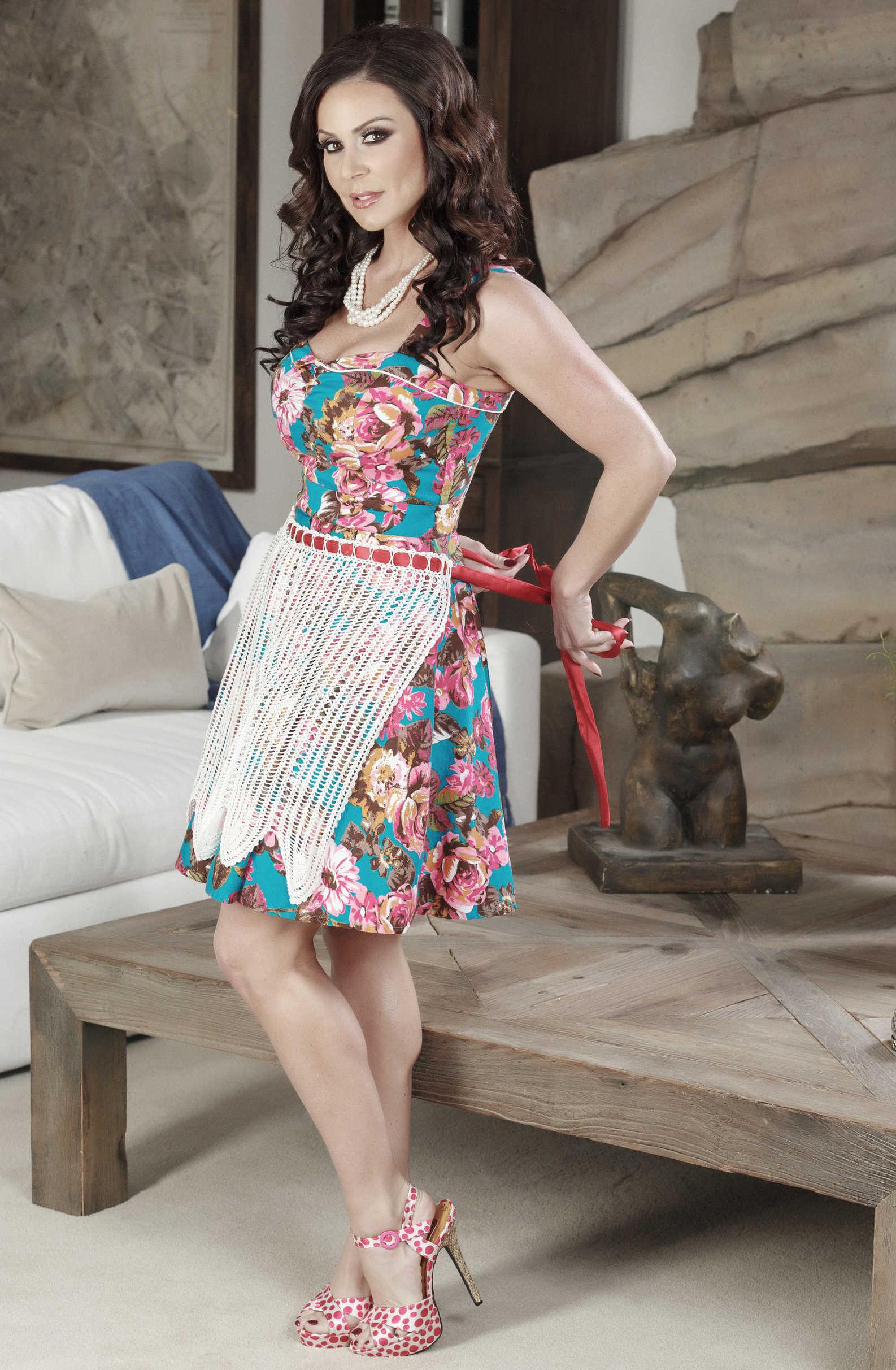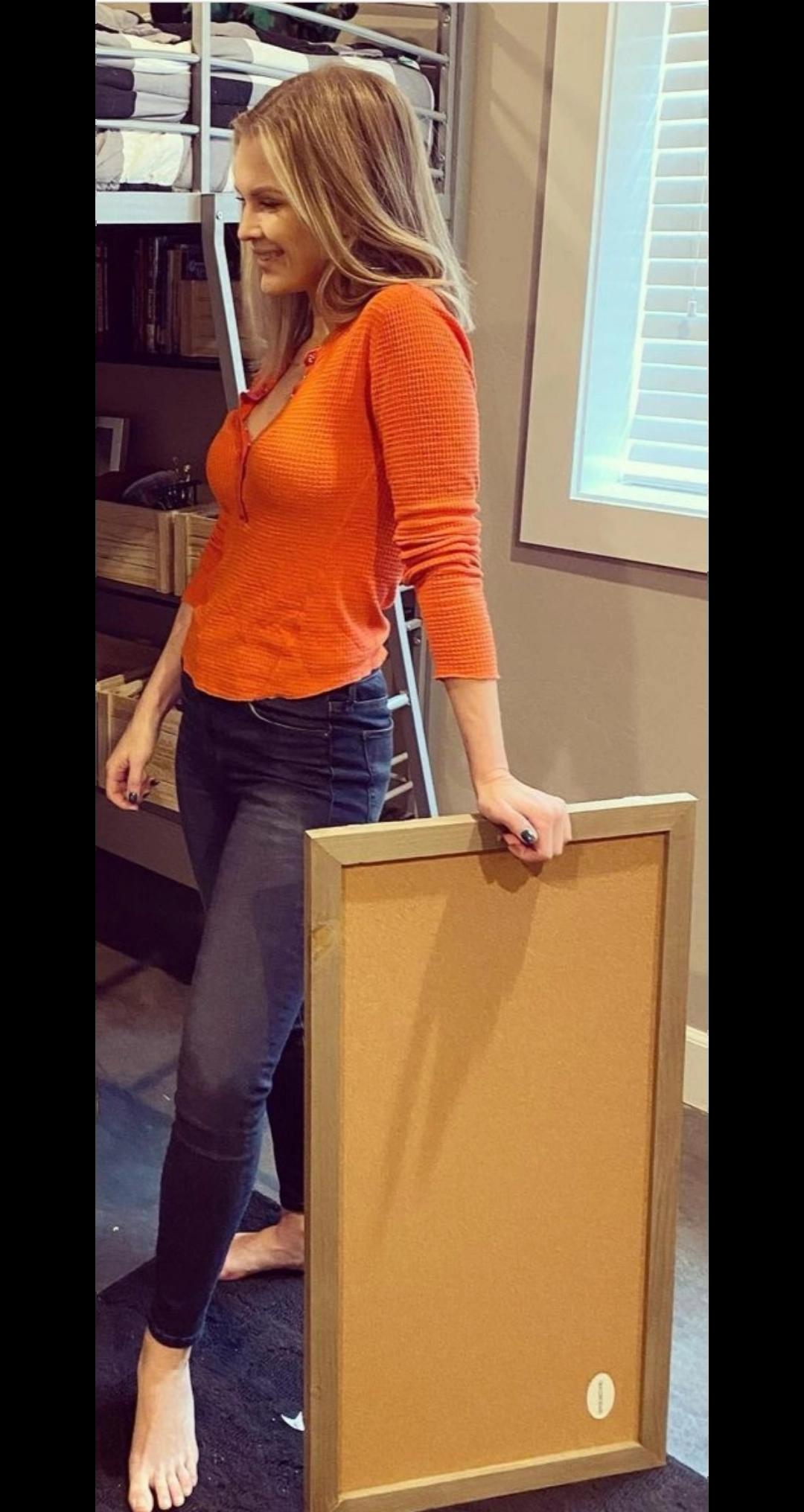Scrollller: The Ultimate Guide To Mastering The Art Of Seamless Scrolling
Have you ever wondered why some websites make you feel like you're gliding through a magical digital world while others feel like a bumpy ride on a dirt road? Well, let me introduce you to the secret weapon of modern web design: scrollller. Yep, that's right—scrollller. It’s not just about moving up and down a page; it’s about creating an experience that keeps your audience hooked from the first pixel to the last.
In today's fast-paced digital world, scrollller has become more than just a trend—it's a necessity. Users expect websites to be smooth, engaging, and easy on the eyes. If your site feels sluggish or clunky, chances are your visitors will bounce faster than you can say "refresh." But don't worry, we've got your back. In this guide, we'll dive deep into what scrollller is, why it matters, and how you can use it to take your website from zero to hero.
So buckle up, my friend. This isn’t just another boring article about web design. We’re going to break down the science behind scrollller, explore real-world examples, and even share some pro tips to help you create a scrolling experience that'll leave your users wanting more. Let’s get started!
Read also:Pope Francis Weighs In On Trumps Immigration Pledges A Closer Look At The Intersection Of Faith And Politics
Table of Contents:
- What is Scrollller?
- Why Scrollller Matters
- Types of Scrollller Effects
- Designing Websites with Scrollller
- Optimizing Scrollller Performance
- Tools to Create Scrollller Effects
- Scrollller and SEO: Friends or Foes?
- Real-World Examples of Scrollller
- Common Mistakes to Avoid
- The Future of Scrollller
What is Scrollller?
Alright, let’s start with the basics. Scrollller (yes, I know it sounds like a made-up word, but trust me, it’s a thing) refers to the technique of enhancing the scrolling experience on websites or apps. It’s all about making your users feel like they’re part of an interactive journey rather than just passively consuming content. Think of it as turning a simple task into an adventure.
At its core, scrollller involves using animations, transitions, and visual effects to make scrolling feel smoother, more engaging, and, dare I say, fun. Whether it’s parallax scrolling, infinite scrolling, or even scroll-triggered animations, scrollller is all about keeping your audience entertained while they navigate through your site.
But here’s the kicker: scrollller isn’t just about aesthetics. It’s also about usability. A well-designed scrollller experience can improve user engagement, reduce bounce rates, and even boost conversions. And who doesn’t want that, right?
Why Scrollller is More Than Just a Trend
Scrollller might seem like the latest buzzword in web design, but it’s actually been around for years. What’s changed is how designers and developers are using it to create truly immersive experiences. From e-commerce sites to digital portfolios, scrollller is everywhere. And for good reason—it works!
Studies show that users spend more time on websites with engaging scrollller effects. In fact, a report by Nielsen Norman Group found that users are more likely to complete actions on sites that incorporate smooth scrolling and interactive elements. So, if you’re not already thinking about scrollller, you might be missing out on a golden opportunity to level up your digital presence.
Read also:The Age Of Pope Francis A Modern Pope In A Changing World
Why Scrollller Matters
Now that we’ve covered what scrollller is, let’s talk about why it’s so important. In today’s competitive online landscape, standing out is crucial. And let’s face it, static websites are so last season. Scrollller helps you create a dynamic, engaging experience that keeps users coming back for more.
Here are a few reasons why scrollller matters:
- Improved User Experience: Smooth scrolling and interactive effects make navigation feel effortless, which leads to happier users.
- Increased Engagement: When users are engaged, they’re more likely to stick around longer, explore your site, and even make purchases.
- Enhanced Brand Perception: A website with a killer scrollller experience can elevate your brand’s image, making you appear more modern and tech-savvy.
Let’s not forget about mobile users, either. With more and more people accessing the web on their phones, scrollller is essential for creating a seamless experience across all devices. Nobody likes a choppy, laggy site—especially when they’re on the go.
Types of Scrollller Effects
Not all scrollller effects are created equal. Depending on your goals and target audience, you might want to choose one type over another. Here’s a quick rundown of the most popular scrollller effects:
Parallax Scrolling
Parallax scrolling is one of the most well-known scrollller techniques. It involves moving background images at a different speed than foreground elements, creating a sense of depth and motion. Think of it like those old-school video games where the scenery would move as you ran through a level.
Pros: Creates an immersive, cinematic experience.
Cons: Can be resource-heavy and may slow down performance if not optimized properly.
Infinite Scrolling
Infinite scrolling allows users to continuously scroll through content without having to click through pages. It’s perfect for social media platforms, news sites, and e-commerce stores that want to keep users engaged for longer periods.
Pros: Keeps users scrolling endlessly, reducing the need for pagination.
Cons: Can lead to information overload and make it harder for users to find specific content.
Scroll-Triggered Animations
Scroll-triggered animations add a touch of magic to your site by revealing elements as users scroll. This can include anything from fading text to sliding images or even complex animations.
Pros: Adds a playful, interactive element to your design.
Cons: Requires careful planning to avoid overwhelming users.
Designing Websites with Scrollller
Designing a website with scrollller in mind takes more than just slapping some animations on top of your content. It requires a thoughtful approach that balances aesthetics with usability. Here are a few tips to help you get started:
- Keep it Simple: Don’t go overboard with effects. Too many animations can overwhelm users and slow down your site.
- Optimize for Performance: Make sure your scrollller effects don’t compromise page load times. Use tools like Lighthouse to test your site’s performance.
- Test Across Devices: Ensure your scrollller experience works seamlessly on desktops, tablets, and smartphones.
Remember, the goal is to enhance the user experience, not detract from it. Always keep your audience in mind when designing with scrollller.
Optimizing Scrollller Performance
One of the biggest challenges with scrollller is ensuring that it doesn’t negatively impact your site’s performance. After all, what’s the point of having a beautiful scrolling experience if it takes forever to load? Here are a few ways to optimize your scrollller effects:
- Use Lazy Loading: Load images and animations only when they’re needed, rather than all at once.
- Minimize CSS and JavaScript: Strip down unnecessary code to improve page speed.
- Test Regularly: Use tools like Google PageSpeed Insights to monitor your site’s performance and make adjustments as needed.
By taking these steps, you can ensure that your scrollller experience is both visually stunning and lightning-fast.
Tools to Create Scrollller Effects
If you’re ready to dive into the world of scrollller but don’t know where to start, fear not! There are plenty of tools and frameworks available to help you create stunning scrolling effects without needing a PhD in web development.
Some Popular Tools:
- GSAP (GreenSock Animation Platform): A powerful JavaScript library for creating complex animations and scrollller effects.
- ScrollMagic: A lightweight plugin that makes it easy to add scroll-based animations to your site.
- Locomotive Scroll: A modern scrolling library that offers smooth scrolling and parallax effects out of the box.
These tools are great for developers who want to take their scrollller game to the next level. Plus, most of them come with extensive documentation and community support, so you’ll never be stuck for answers.
Scrollller and SEO: Friends or Foes?
Now, let’s talk about the elephant in the room: SEO. Can scrollller effects coexist with search engine optimization? The short answer is yes, but it requires a bit of finesse.
Search engines like Google prioritize fast-loading, user-friendly websites. While scrollller can enhance the user experience, it can also slow down your site if not implemented correctly. That’s why it’s crucial to strike a balance between aesthetics and performance.
Here are a few tips to make sure your scrollller effects don’t hurt your SEO:
- Use Semantic HTML: Structure your content properly to help search engines understand your site’s hierarchy.
- Optimize Images: Compress images to reduce file sizes without sacrificing quality.
- Avoid Excessive JavaScript: Keep your code lean and mean to improve load times.
By following these guidelines, you can ensure that your scrollller experience doesn’t come at the cost of your site’s search engine rankings.
Real-World Examples of Scrollller
Talking about scrollller is one thing, but seeing it in action is another. Here are a few real-world examples of websites that nail the scrollller experience:
- Awwwards: A platform showcasing the best in web design, Awwwards uses scrollller effects to create an engaging, interactive experience.
- Apple: Apple’s product pages often feature parallax scrolling and scroll-triggered animations to highlight their devices’ features.
- Google: Even Google gets in on the scrollller action, using smooth scrolling and animations to enhance the user experience on their own sites.
These examples demonstrate how scrollller can be used effectively across a variety of industries and niches. Whether you’re designing a portfolio site or an e-commerce store, scrollller can help you stand out from the crowd.
Common Mistakes to Avoid
As with any design trend, there are pitfalls to watch out for when implementing scrollller. Here are a few common mistakes to avoid:
- Overusing Effects: Too many animations can overwhelm users and slow down your site.
- Ignoring Mobile Users: Make sure your scrollller experience works just as well on mobile devices as it does on desktops.
- Forgetting About Accessibility: Ensure that your scrollller effects don’t hinder users with disabilities from accessing your content.
By avoiding these mistakes, you can create a scrollller experience that’s both effective and user-friendly.
The Future of Scrollller
So, where is scrollller headed in the future? As technology continues to evolve, we can expect to see even more innovative ways to enhance the scrolling experience. From augmented reality to virtual reality, the possibilities are endless.
But one thing is certain: scrollller isn’t going anywhere anytime soon. As long as users crave engaging, interactive experiences, scrollller will remain a key player in the world of web design.
So, whether you’re a seasoned designer or just starting out, now’s the time to embrace scrollller and take your digital presence to the next level. Trust me, your users will thank you for it.
Conclusion
In conclusion, scrollller is more than just a design trend—it’s a powerful tool for creating engaging, user-friendly websites. By understanding the basics of scrollller, choosing the right effects, and optimizing for performance
Article Recommendations


